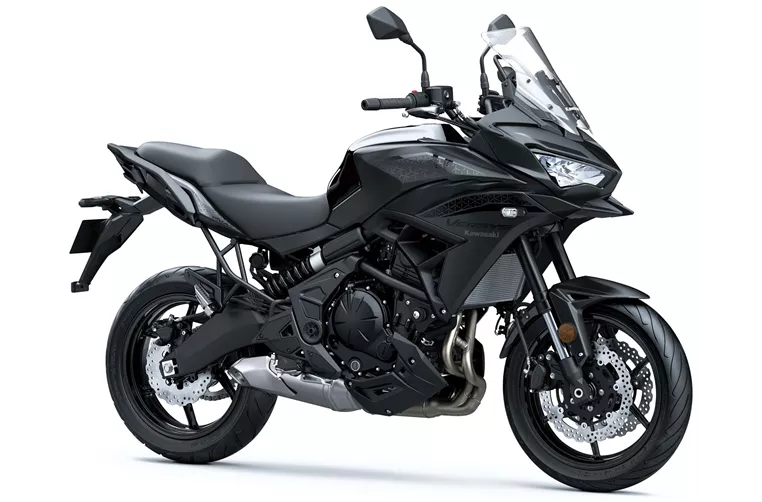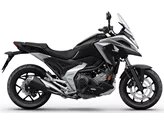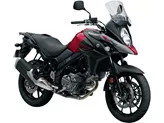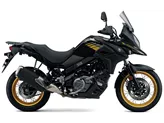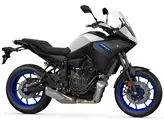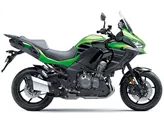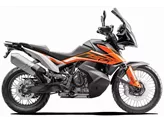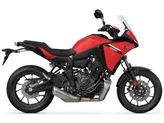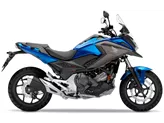Kawasaki Versys 650 2022 vs. Suzuki V-Strom 650 2016
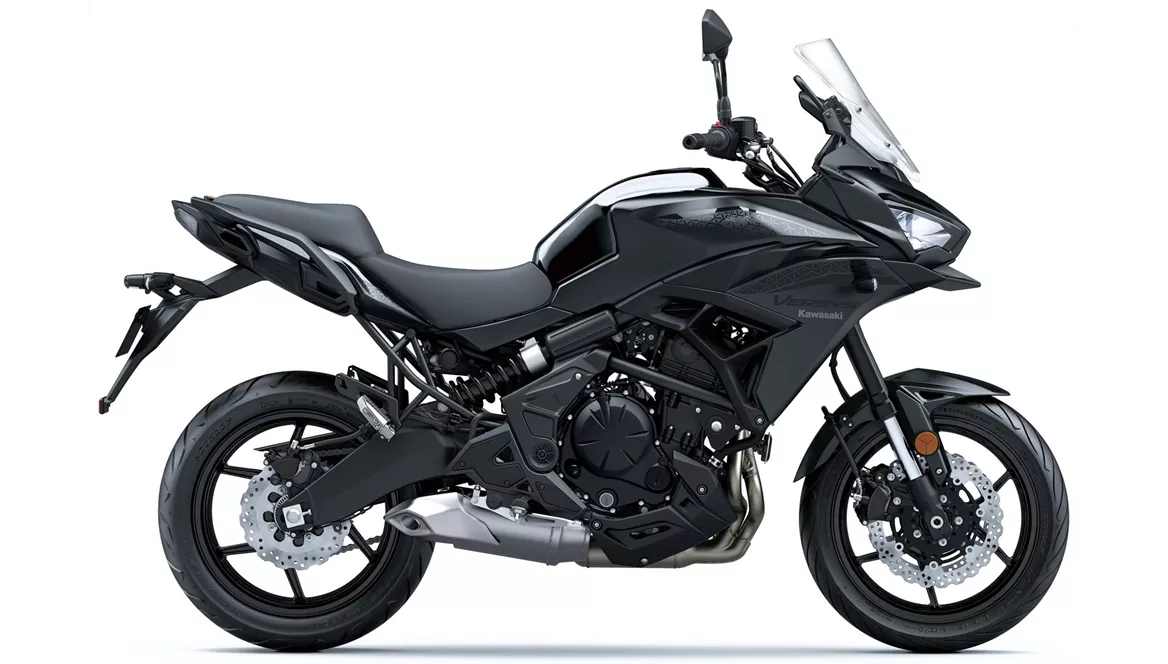
Kawasaki Versys 650 2022

Suzuki V-Strom 650 2016
Vue d’ensemble - Kawasaki Versys 650 2022 vs Suzuki V-Strom 650 2016
The Kawasaki Versys 650 model year 2022 and the Suzuki V-Strom 650 model year 2016 are both popular choices in the enduro motorcycle category. While they share some similarities in terms of engine power, torque, and transmission, there are notable differences between the two bikes.
Starting with the engine specifications, the Kawasaki Versys 650 2022 has a bore of 83 mm and a stroke of 60 mm, while the Suzuki V-Strom 650 2016 has a slightly smaller bore of 81 mm and a stroke of 62.6 mm. Both bikes have an engine power of 67 HP and torque of 61 Nm for the Versys and 60 Nm for the V-Strom. The displacement of the Versys is 649 ccm, while the V-Strom has a displacement of 645 ccm.
In terms of suspension, the Versys offers adjustable preload and rebound on the front suspension, while the V-Strom only has adjustable preload. This gives the Versys an advantage in terms of fine-tuning the suspension to suit different riding conditions.
The chassis of the Versys is made of steel, providing a sturdy and durable frame, while the V-Strom features an aluminum frame, which may offer a slightly lighter weight and better handling.
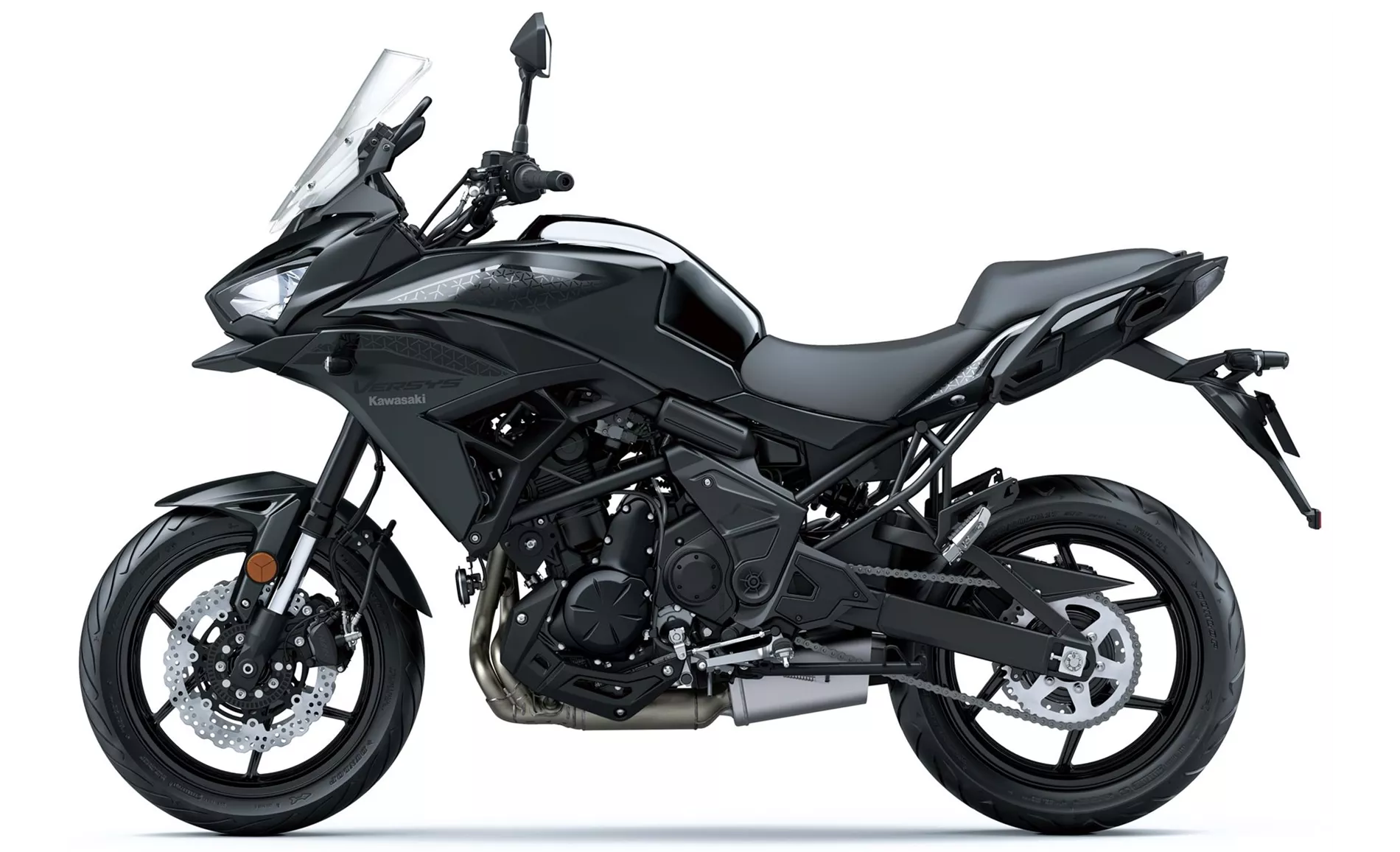
Kawasaki Versys 650 2022
Both bikes have double disk brakes on the front, ensuring reliable stopping power. The Versys has a front tire diameter of 17 inches and a rear tire width of 160 mm, while the V-Strom has a larger front tire diameter of 19 inches and a slightly narrower rear tire width of 150 mm. The wheelbase of the Versys is 1415 mm, while the V-Strom has a longer wheelbase of 1555 mm. The seat height of the Versys is 845 mm, compared to the V-Strom's slightly lower seat height of 820 mm.
When it comes to weight, the Versys has a kerb weight of 219 kg with ABS, while the V-Strom weighs slightly less at 215 kg with ABS. Both bikes have a fuel tank capacity of around 20-21 liters, providing a decent range for long journeys.
Now, let's discuss the strengths and weaknesses of each bike. The Kawasaki Versys 650 2022 is known for its agile handling and adjustable chassis, allowing riders to customize the bike's performance to their liking. The engine is accessible and provides enough power for most riding situations. The 2022 model also features updated electronics, enhancing the overall riding experience. The comfortable seating position and low consumption make it a suitable choice for long journeys.

Suzuki V-Strom 650 2016
On the other hand, the Suzuki V-Strom 650 2016 boasts full torque and a good sound from its engine. It also has a larger fuel tank, providing a greater range for extended rides. The relaxed seating position adds to the comfort of the rider.
However, the Versys does have some weaknesses. The engine can struggle with the bike's weight, which may affect its performance in certain situations. The windshield is only adjustable with two hands, which can be inconvenient for riders who want to make quick adjustments. Additionally, the Versys does not offer cruise control, which may be a drawback for riders who prefer this feature.
As for the V-Strom, it has a somewhat old-fashioned look, which may not appeal to riders seeking a more modern design. The narrow handlebars can also affect the bike's maneuverability, particularly in tight bends.
In conclusion, both the Kawasaki Versys 650 2022 and the Suzuki V-Strom 650 2016 have their own strengths and weaknesses. The Versys offers agile handling, adjustable chassis, and a comfortable seating position, making it suitable for long journeys. On the other hand, the V-Strom boasts full torque, a good sound, and a larger fuel tank. Ultimately, the choice between the two will depend on the rider's preferences and priorities.
Caractéristiques techniques Kawasaki Versys 650 2022 par rapport à Suzuki V-Strom 650 2016
Avantages et inconvénients en comparaison
Avantages et inconvénients en comparaison
Kawasaki Versys 650 2022
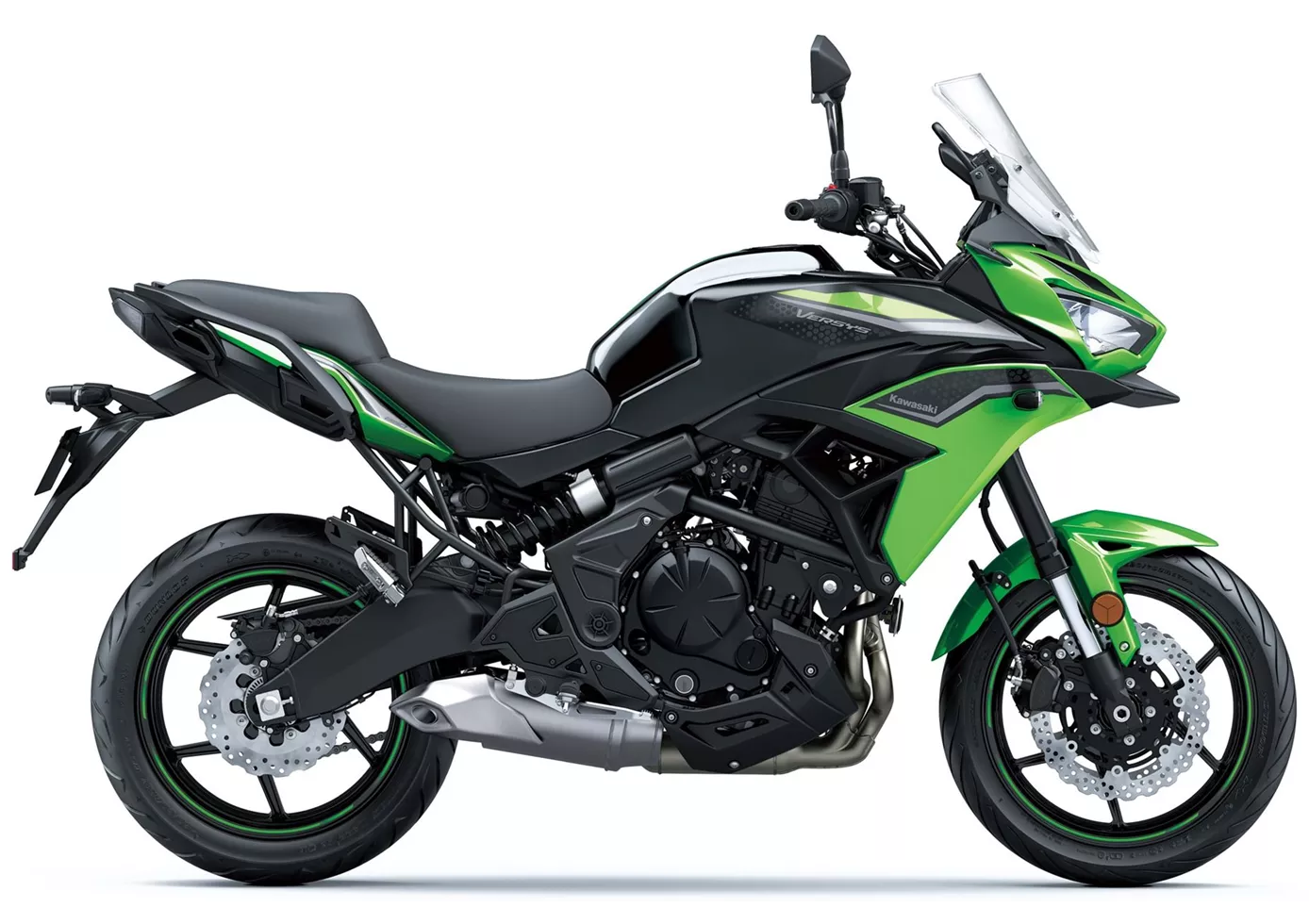
Une randonnée détendue avec beaucoup de confort et un potentiel suffisant pour s'amuser dans les virages - la Versys 650 est et reste un bon choix parmi les motos de tourisme sportif de classe moyenne. Certes, on arrivera plus vite au sommet des cols sur la concurrence, mais on remonte à chaque fois avec plaisir sur la Kawa, qui accueille le pilote avec un grand confort et de nombreuses caractéristiques / options. Si vous aimez voyager et que vous pouvez vous contenter d'un peu moins de puissance, la Versys 650 est faite pour vous !
Suzuki V-Strom 650 2016

Comme la Kawasaki Versys, la petite V-Strom a un peu vieilli. La 1000 est tellement réussie et facile à conduire qu'il faudrait envisager de prendre tout de suite la "grande". Mais en matière de polyvalence, la 650 n'a rien à envier à la grande V-Strom, et ce pour un prix nettement plus avantageux. Il n'y a que sur les pistes de course que nous ne l'emmènerions plus. Et bien sûr, elle a plus de mal à supporter une charge élevée qu'une moto de plus de 100 chevaux.
Comparaison des prix Prix moyen du marché Kawasaki Versys 650 vs Suzuki V-Strom 650
There are a few key differences between a Kawasaki Versys 650 2022 and a Suzuki V-Strom 650 2016. In terms of price, the actual average price of a Kawasaki Versys 650 2022 is about 41% higher. Compared to Suzuki V-Strom 650 2016 there are more Kawasaki Versys 650 2022 bikes available on the 1000PS.de Marketplace, specifically 22 compared to 5. It takes less time to sell a Suzuki V-Strom 650 with 106 days compared to 178 days for the Kawasaki Versys 650. Since model year 2007 1000PS.de editors have written 39 reviews for the Kawasaki Versys 650 and 38 reviews for the Suzuki V-Strom 650 since model year 2005. The first review for the Kawasaki Versys 650 was published on 7/25/2006 and now has more than 3,900 views. This compares to more than 4,000 views for the first review on Suzuki V-Strom 650 published on 9/16/2003.
